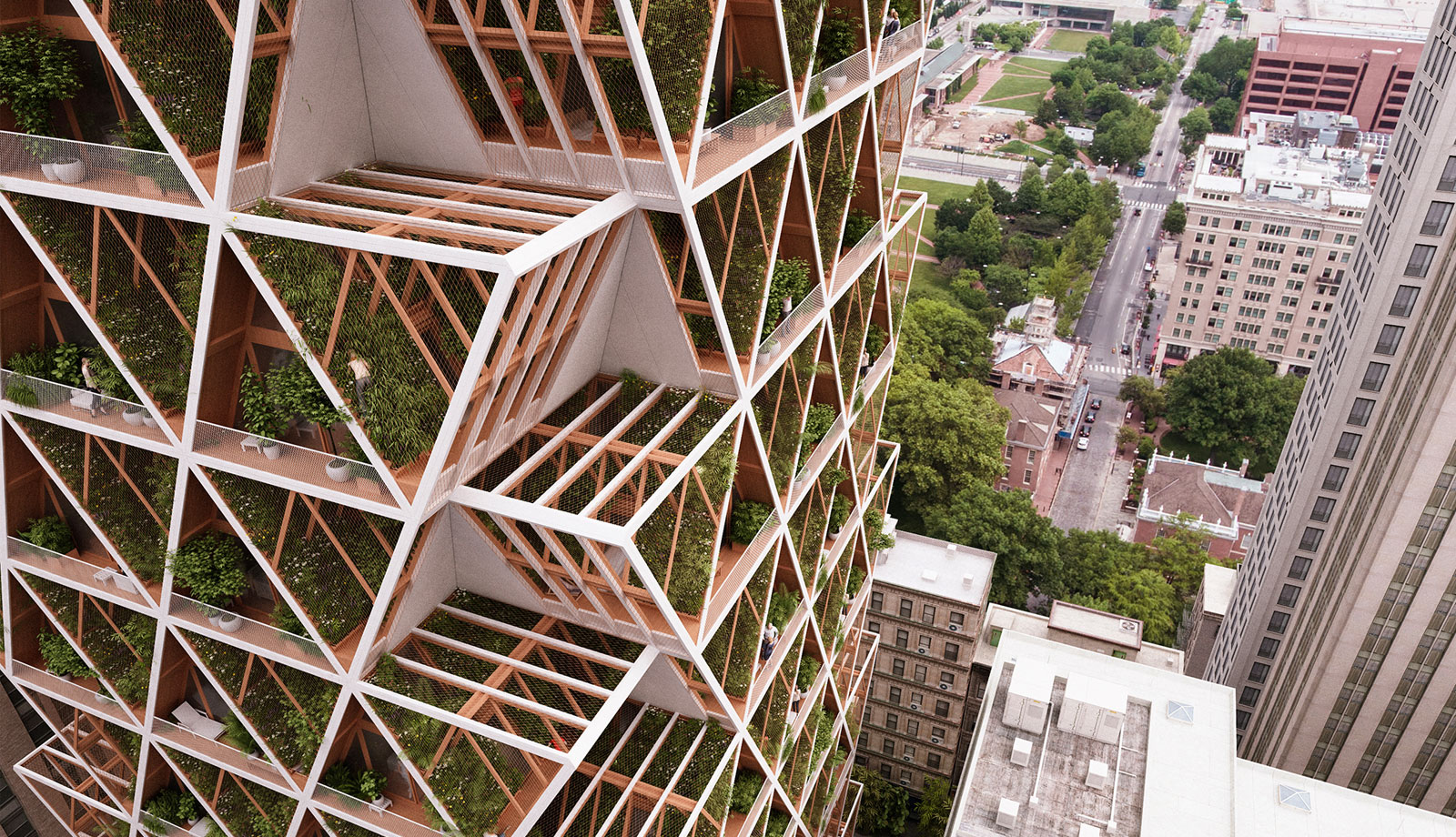Embodied carbon generated during the manufacture, construction, maintenance and demolition of buildings is expected to double by 2050 if the construction sector doesn’t clean up its act.
According to a new report from the Clean Energy Finance Corporation, up to 10 per cent of Australian greenhouse gas emissions come from embodied carbon, with 28 per cent of all global emissions coming from the building and construction sector.
It is estimated that emissions from construction materials used in Australia equates to between 30 million and 50 million tonnes of carbon dioxide per year.
Globally building and construction is responsible for 39 per cent of global carbon emissions with operational emissions accounting for 28 per cent and the remaining 11 per cent coming from embodied carbon emissions.
The report found, however, that development projects with a sustainability and ratings focus had significantly reduced embodied carbon output by up to 33 per cent, compared to similar designs with no such measures.
CEFC chief executive Ian Learmonth said developers and builders did not have to choose between sustainability and saving on costs.
He said by reducing the embodied carbon in materials used in new developments, Australia could significantly slash its overall carbon emissions.
“The research shows that it is possible to achieve as much as 18 per cent reduction in embodied carbon and save as much as a 3 per cent reduction in material costs for typical building and infrastructure projects,” Learmonth said.
“Alternative solutions such as geopolymer concrete, concrete ad-mixtures, recycled materials and high strength steels all have the potential to substantially lower emissions from embodied carbon.”

Concrete, steel and aluminium are considered some of the more challenging materials to decarbonise.
A typical cubic metre of brick has embodied emissions of around 357kg of carbon dioxide.
This comes from extracting the raw material from quarries, processing it, shaping it into raw bricks and firing them in a kiln at a very high temperature.
A cubic metre of concrete can have embodied emissions of around 3507kg of carbon dioxide—10 times more than brick.
“As the market continues to mature in its awareness of embodied carbon materials, demand for low embodied carbon solutions could result in a potential billion dollar low carbon solutions market in coming years,” Learmonth said.
The report said that if all material manufacturers transitioned from use of grid-based electricity supply to electricity generated from renewable sources in manufacturing, annual carbon emissions could be reduced by more than 7 million tonnes of carbon dioxide per year, close to 1 per cent of Australia’s current emissions.
If the top 15 material manufacturers cut emissions in line with the Paris Agreement, it would translate to a 10 to 30 per cent reduction in the next five to 10 years equating to approximately 3 to 9 million tonnes CO2-equivalent per year.
CEFC director and joint head of property Michael Di Russo said the Australian building sector was working hard to reduce its carbon footprint with 1000 buildings nationally meeting a Green Star rating since its inception in 2003.
Green Star has continued to experience a year-by-year upward trend issuing 3000 Green Star certifications across the last two decades, representing 44 per cent of CBD office space, 20 per cent of retail space, and more than 17,000ha of certified precincts.
“Materials and design expertise are improving at a rapid rate, which means low carbon building is a reality now,” Di Russo said.
“Understanding and implementing embodied carbon empowers designers, engineers and builders to better manage embodied carbon, delivering a more sustainable approach to these critical assets.”
The Australian Institute of Architects has already started writing a new Australian Standard framework for measuring operational and embodied carbon, which it wants incorporated into Australia’s building code within two years and to become mandatory by 2025.
The framework would enact sweeping changes 20 years ahead of the 2050 net zero emission target to which the federal government has yet to commit.